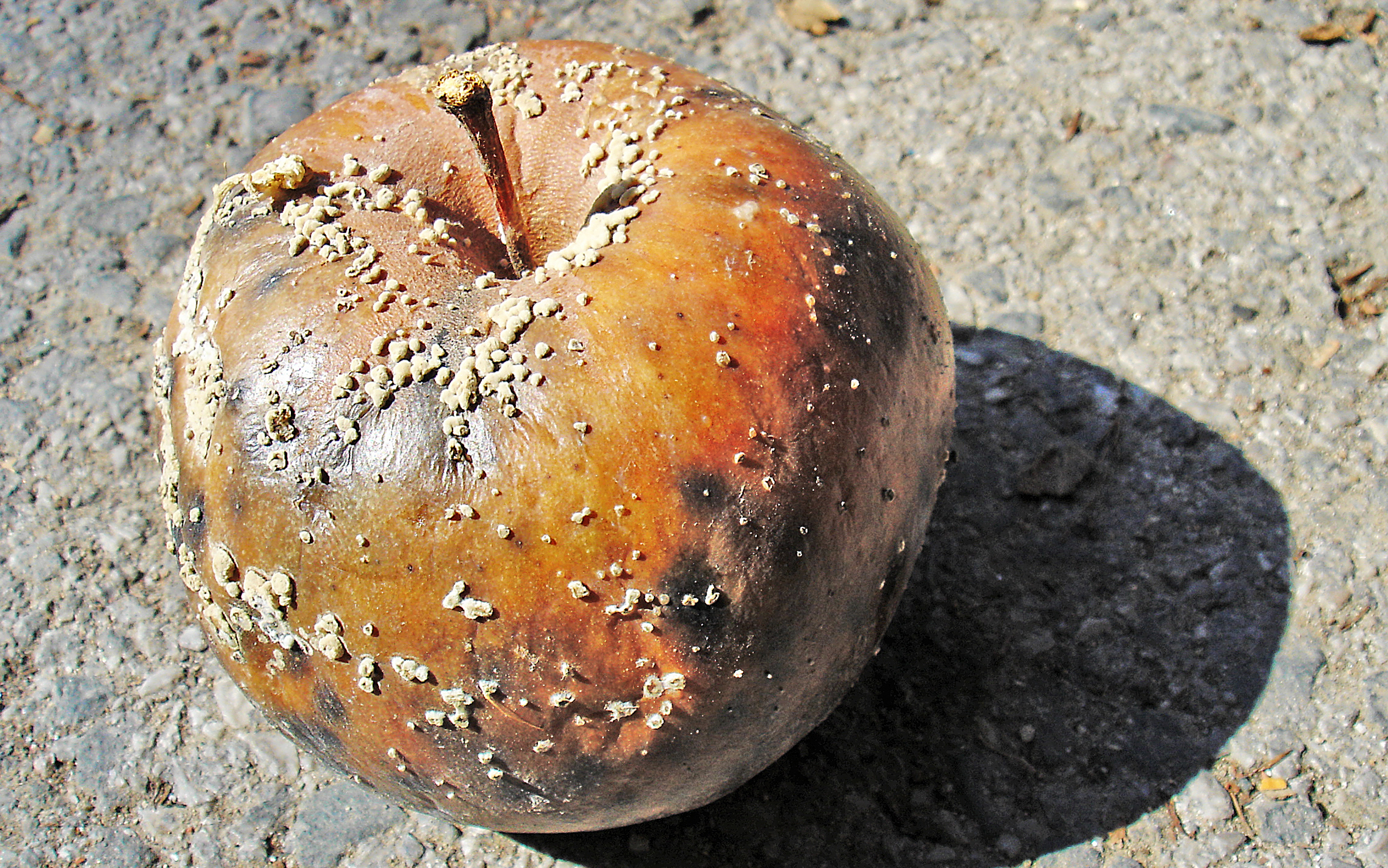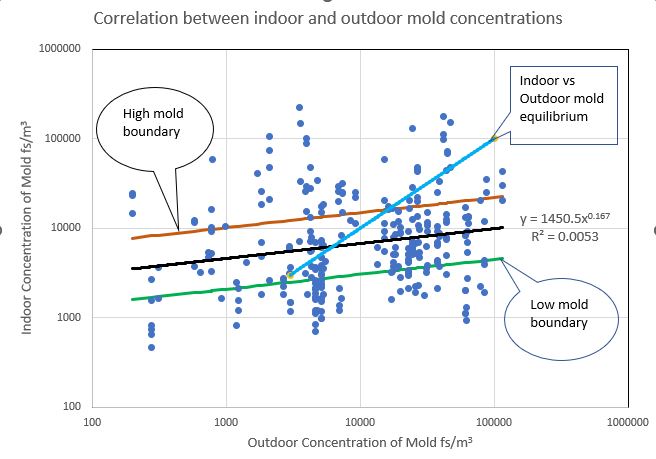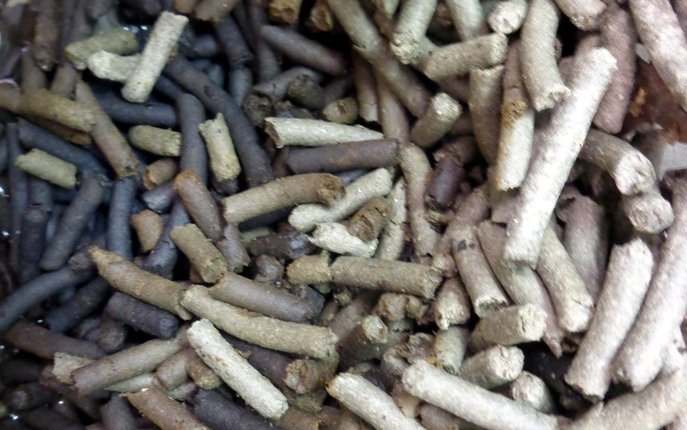Mould spores are an omnipresent part of our environment, drifting through the air both indoors and outdoors. While this natural phenomenon is typically harmless, it can become a concern when elevated outdoor mould levels infiltrate our living spaces. Through open windows, doors, and ventilation systems, these tiny spores easily enter buildings. Intuitively, we might assume that indoor mould levels closely mirror outdoor conditions. But is this true? Let’s explore.
Beyond the Obvious: Factors Influencing Indoor Mould
While outdoor mould concentrations can play a role, indoor mould levels are influenced by a myriad of other factors. Indoor moisture, ventilation quality, and cleanliness all contribute significantly to mould growth. Understanding these dynamics is key to determining what constitutes “normal” versus “high” indoor mould levels and how outdoor conditions might affect them.
A Decade of Insights: The LCS Laboratory Study
Over nearly a decade, LCS Laboratory gathered extensive data on the relationship between outdoor and indoor mould concentrations. Between 2014 and 2023, paired indoor and outdoor air samples were collected from residential and office buildings across Canada. Consultants adhered to strict protocols, including sealing windows and doors for 24 hours before sampling, and followed ASTM 7391, the Air-o-Cell technique, to ensure reliable results.
This comprehensive data set reveals intriguing insights into the dynamics of mould contamination.
Key Observations
The black line on the chart below represents the median indoor mould concentration across all tested buildings. Surprisingly, the data show virtually no correlation between outdoor and indoor mould levels, as evidenced by a correlation coefficient (R²) of 0.005. This finding suggests that indoor mould levels are driven far more by internal factors—such as temperature, humidity, and water damage—than by outdoor air. The data also reveal that only 5% to 15% of outdoor mould spores penetrate indoor environments, a relatively minor contribution.
Defining “Low” and “High” Indoor Mould Levels
To simplify the evaluation of indoor mould contamination, LCS Laboratory categorized its data into four distinct levels:
- Low Indoor Mould Concentration: Found in the 25% of homes with the lowest mould readings, these results fall below the green line on the chart. This level represents clean and healthy indoor air.
- Moderate Mould Level: This group includes 25% of homes with mould concentrations below the Canadian median. Results in this range lie between the green and black lines.
- Elevated Mould Level: Homes in this category—25% of the data set—exceed the median Canadian mould concentration. These results fall between the black and brown lines.
- High Mould Concentration: Representing the final 25%, these homes exhibit the highest mould levels, with results above the brown line.
This classification provides a practical framework for assessing mould levels in Canadian homes, although it does not address health effects or pinpoint mould outbreaks.
The Bigger Picture
While outdoor mould levels may seem like a primary driver of indoor air quality, this study underscores the significance of internal environmental factors. The limited correlation between outdoor and indoor mould concentrations highlights the importance of controlling indoor conditions, such as moisture and ventilation, to maintain healthy air.
Take Action
Are you concerned about mould contamination in your home or office? LCS Laboratory offers expert services to help you identify and mitigate potential risks. Contact us today to request an air sampling kit and take the first step toward ensuring a safe and healthy indoor environment.











